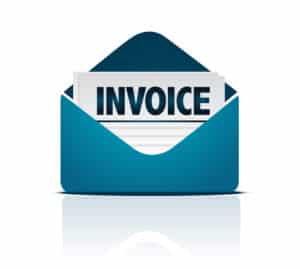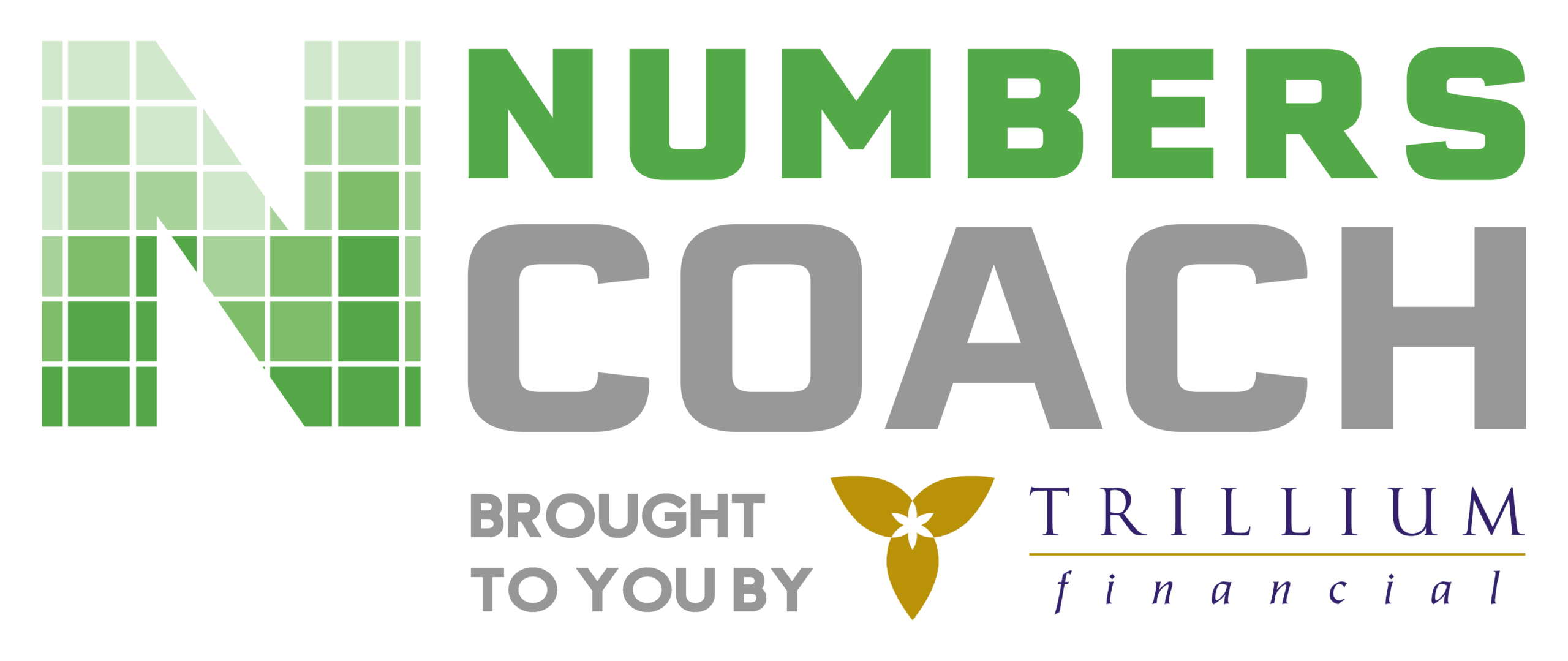Understanding the levers that drive your company’s cash flow can be the difference between staying in the game or closing up shop. A business can have positive net income, but still come up short of the cash it needs to keep the doors open.

One of those metrics that can cause a lack of cash is your accounts payable collection cycle. It’s one of the four key pillars that drive cash flow.
Accounts Payable Cycle
Some company’s vendors offer the ability to buy their products or services and pay them later. Offering this credit is like getting a short-term interest free loan from the vendor. As part of the deal, your vendor will want to get paid back based on the payment terms they offered. Understanding how long it takes for you to pay vendors is critical to your cash flow.
How do you measure it? Below is a formula that calculates your accounts payable days to pay cycle. Like the accounts receivable collection cycle, this calculation is based on a “snapshot in time” and you will want to monitor it on a regular basis such as monthly.
Formula:
Total expenses / 365 days= daily expenses
Accounts Payable / daily expenses= days to pay cycle
Example:
$900,000 / 365 days= $2,465 daily expenses
$50,000 / $2,465= 20 days to pay cycle
In the above example it takes approximately 20 days for the company to pay its expenses. Some expenses are probably paid upon receipt and other expenses may offer up to 30 days or more to pay. If this metric could be stretched from 20 days to 30 days the company would retain approximately $24,000 in its bank account. This could give it more time to collect accounts receivable from its customers and allow it the cushion it needs to pay bills on time and feel comfortable meeting its obligations.
How could it stretch the days without upsetting its vendors? A couple of strategies:
- Ask vendors for longer payment terms
- Use a company credit card to “time” the payment to a vendor. Most credit card providers give you up to 30 days after your statement ending date to pay the outstanding balance. Depending on the timing of your payment, this can add up to 30 to 45 days more time to pay.
Know your accounts payable payment cycle. Monitor it on a regular basis and look at strategies to extend it while working with your vendors to pay within the agreed-upon time. The right accounts payable payment cycle could be the difference between positive or negative cash flow!
